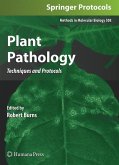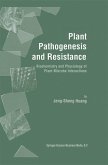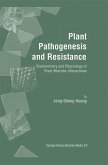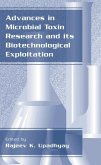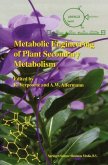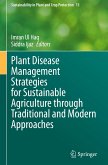Plant diseases can have an enormous impact on our lives. In a world where total crop failure can quickly lead to human misery and starvation, accurate diagnostics play a key role in keeping plants free from pathogens. In Plant Pathology: Techniques and Protocols, expert researchers provide methods which are vital to the diagnosis of plant diseases across the globe, addressing all three categories of plant pathology techniques: traditional, serological, and nucleic acid. Chapters examine recent and developing issues with crop identity and authenticity, allowing workers to genotype samples from two major food groups. Composed in the highly successful Methods in Molecular Biology(TM) series format, each chapter contains a brief introduction, step-by-step methods, a list of necessary materials, and a Notes section which shares tips on troubleshooting and avoiding known pitfalls.
Authoritative and reader-friendly, Plant Pathology: Techniques and Protocols is an incredible guide which will soon prove to be indispensable, both to novices and expert researchers alike.
Authoritative and reader-friendly, Plant Pathology: Techniques and Protocols is an incredible guide which will soon prove to be indispensable, both to novices and expert researchers alike.
From the reviews:
"Plant Pathology: Techniques and Protocols provides a collection of methods for the diagnosis and detection of plant pathogens. ... the book can also be used to troubleshoot particular techniques and adapt it to any organism of interest. The notes at the end of each chapter are of great utility ... . It is a highly practical book and both students and researchers interested or working on detection and diagnosis will find it very useful." (Arantza Rico, Microbiology Today, November, 2009)
"Plant Pathology: Techniques and Protocols provides a collection of methods for the diagnosis and detection of plant pathogens. ... the book can also be used to troubleshoot particular techniques and adapt it to any organism of interest. The notes at the end of each chapter are of great utility ... . It is a highly practical book and both students and researchers interested or working on detection and diagnosis will find it very useful." (Arantza Rico, Microbiology Today, November, 2009)


